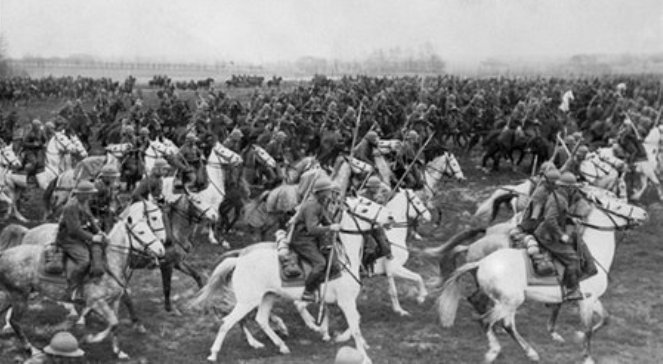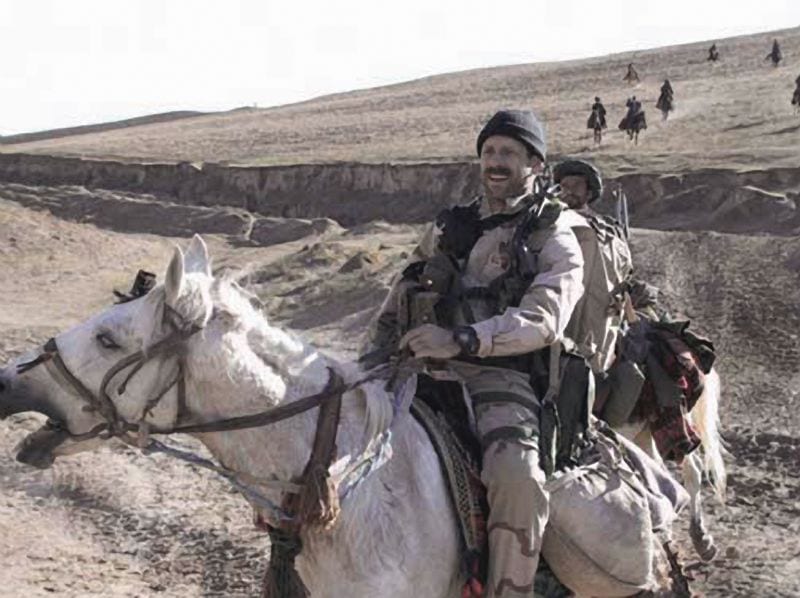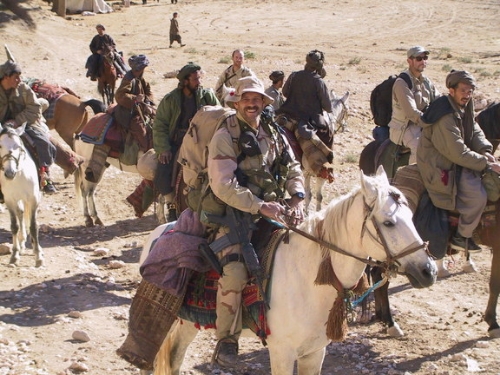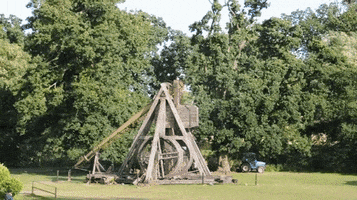Montegriffo wrote:Smitty-48 wrote:Montegriffo wrote:
So you don't technically need to fight from the saddle to be a type of cavalry?
Were mounted longbow archers cavalry in that case?
Indeed, cavalry need not fight from the saddle at all times, and indeed, horse archers are cavalry, the Mongols being the most infamous therein.
I made the distinction of longbow archers because they never fired from the saddle due to their bows being ......too long. I am trying to discern whether there is a distinction between mounted infantry and cavalry.
I am presuming the Afrikans SSU mentioned didn't fight from the saddle.
Well, if you spot the enemy while mounted...


If we speak of 20th Century cavalry, I guess a lot of "Cavalry" units are basically dragoons type of units, basically mounted infantry. Yet they can do a charge, if it's convenient. But naturally the "only cold weapons -cavalry" that basically do not fight unmounted doesn't exist. Even the Polish Uhlans did have rifles in 1939, even if they carried still lances.

And note in Afghanistan cavalry has been used: Even Donald Rumsfeld was enthusiastic of the Cavalry attack against Mazar-E-Sharif. I think also in the war in Darfur / Sudan cavalry units have been used.
(A smiling USAF Combat controller, Master Sergeant Bart Decker mounted in Afghanistan 2001)


A quote about Afghan cavalry tactics this Milennium:
Doug Stanton describes a cavalry attack supported by U.S. Special Forces (pages 152-155). Two lines of 150 men each formed up behind a hill about a mile from the Taliban trenches. The horsemen carried an assortment of weapons including AK 47s and RPGs (rocket propelled grenades). There were about seven ridges between the Afghan (Northern Alliance) cavalry and the Taliban position. Each ridge was about 50 feet high, with about 200 yards of ground between each. "As they rode, the horsemen continued rising up and down the hills, appearing and disappearing."
At about a half mile range the Taliban, very much aware of the Afghan presence, began firing with machine guns and tanks at the thin first line of horsemen. As Stanton relates, "Men would be riding in the saddle and then suddenly fly backward as if yanked and tumble to the ground and lie motionless as more horses approched from behind and leaped over them, charging toward the firing line." The horsemen were riding as fast as they could, with their reins in their teeth toward the enemy as if their safety lay in direct confrontation with the enemy. They were aided by the waves of the ridges which made it difficult for the guns, especially on the tanks, to take accurate aim.
At the last ridge before the Taliban position, the Afghans jumped from their horses, placed the horse's reins on the ground and placed one foot on top of them to keep the horses from flying. They then unleashed a furious fire on the trench. Meanwhile the U.S. special forces who were present called down smart bombs on the tanks. As the first line of cavalry fired, the second line caught up and "blew past, shouting, galloping straight at the Taliban line. The standing fighters swung back into their saddles and beat their horses to catch up." The two lines now formed one single attack. The Taliban line crumbled. Many of the Taliban threw down their weapons and ran.
But at the last minute, U.S. airpower (because of low fuel) had to return to base and more Taliban tanks came to the scene. After taking the entrenched position, the Afghan cavalry was forced to retreat. Even so, this tactic, combining smart bombs with cavalry assault, would prove highly effective as the U.S. special forces became more adept at bringing the bombs to bear. Later, U.S. Special Forces would on one occasion even join in a charge itself.








